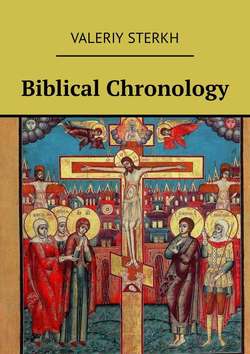Читать книгу Biblical Chronology - Valeriy Sterkh - Страница 13
Section 1. The basics of chronology
The principles of the Jewish calendar
ОглавлениеIn the Jewish calendar, the 13th month was inserted according to the 19-year cycle: specifically, for years 3, 6, 8, 11, 14, 17 and 19. The extra month was added before Adar and was called Adar 1 (Adar Rishon). Adar, then, became the next month and was named Adar 2 (Adar Sheni, Adar Bet, Beadar). All the religious feasts of the month of Adar were transferred to this month.
The number of days in a year varied from 353 to 385. There were six variants:
a) short, or insufficient year (hasarin) had 353 days (standard) or 383 days (embolismic);
b) the proper, or full year (kesedran) had 354 days (standard) or 384 days (embolismic);
c) the excessive year (shalamim) had 355 days (standard) or 385 days (embolismic).
The rationale behind such a complex system is the desire of the Jews to observe all the Talmudic religious traditions. It is only possible to fulfill the several hundreds of Talmudic prescriptions if the 1st of Tisri (the beginning of the new year) falls on Monday, Tuesday, Thursday or Saturday, and the 15th of Nissan (the Jewish Passover) falls on Tuesday, Thursday, Saturday or Sunday.
So, in any given year, if you know which days of the week fall on the 1st of Tisri and the 15th of Nissan, you can understand whether the year is insufficient, proper or excessive, that is, you will know how many days it consists of.
One other percularity of the Jewish calendar is that 24-hour days are counted from sunset, not from midnight. This was believed to be the pattern of creation in the corresponding Genesis account: “And the evening and the morning were the first day” (Gen 1:5).
